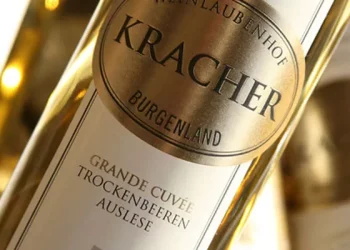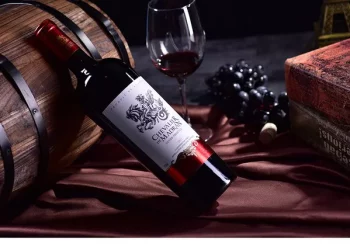As many wine lovers will have noticed, wines from different regions or types of wines often have slightly different shapes, with some tall and straight and others slender.
But do you know what’s behind all these different shapes of bottles?
In fact, the different shapes of wine bottles are originally created by the different traditional glass blowing methods in their birthplace, and to some extent they reflect the history and tradition of the place where the wine bottles are made.
With the development of the global wine industry, these bottle shapes have been gradually adopted by producers in other countries and regions to contain wines of the same or similar styles as their origin varieties.
On this level, we can sometimes tell a thing or two about the style of wine or wine grape by looking at the shape of the bottle.
Wine bottles are often named after the region of origin, such as Burgundy, Bordeaux and Champagne.
Today we will take a look at five common bottle shapes on the market.
Burgundy bottles have a long neck and narrow shoulders, while the body is thick and usually dark green.
The bottle shape dates back to the 19th century and was originally used to hold Chardonnay and Pinot Noir wines. As Chardonnay and Pinot noir became popular around the world, Burgundy bottles became more common.
Outside of Burgundy, some bottles are used to hold wines that share some flavor similarities with Pinot noir, such as wines made from grape varieties such as Nebbiolo and Gamay.
When Burgundy bottles are used for white wines from other regions, these wines have traditionally been oak-aged chardonnays, though today some non-oak-treated chardonnays are also used in Burgundy bottles.












































